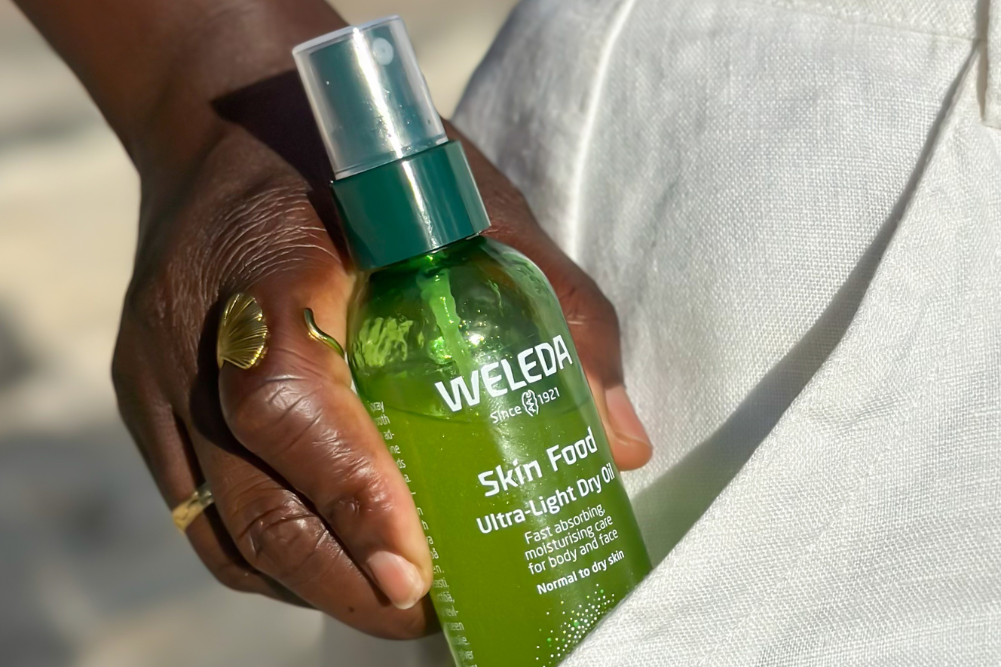Is red wine good for your skin?
Is red wine good for your skin?
Red wine contains resveratrol, a potent antioxidant that can protect DNA from damage and reduce the risk of skin cancer. Laboratory tests on simple organisms also show that resveratrol can slow ageing and increase lifespan. However, these studies were conducted using a concentrate of resveratrol, not red wine, which also contains substances that are toxic to the body and can burden the liver and kidneys.
Also keep in mind that other research suggests that regular alcohol consumption increases the risk of cancer. While a couple of glasses of quality red wine may be the healthier alcoholic beverage of choice, over-indulge and you could end up with dehydrated, wrinkle-prone skin. For a side-effect-free dose of resveratrol, feast on red grapes and mulberries.
Is chocolate good for your skin?
A study showed that ingesting 326mg of flavanols from high-flavanol cocoa offered some skin protection from UV damage. The specially selected cocoa also improved skin blood circulation and skin hydration. While the low-flavanol cocoa found in general milk chocolate does not enhance skin quality, a few squares of low-sugar, quality dark chocolate may be a fun way to consume antioxidants. However, if you want a dose of flavanols minus the skin sabotaging main ingredients of chocolate (saturated fat and sugar), enjoy a cup of green or white tea daily.
What about carbs?
Good-quality carbohydrates are very important in the diet. They are the best sources of fuel for your brain and slowly release energy, keeping blood sugar levels consistent so you can think clearly and feel energetic. These include wholegrains, basmati rice, homous, rolled oats, peas and sweet potato.
Avoid heavily refined carbohydrates and simple sugars — white bread, white flour, donuts, biscuits, most commercial cereals, sports drinks, some breakfast bars, candy, hot chips, packet chips and mashed potato, to name a few. These carbs offer quick but unsustained energy, are low in nutrients and also steal nutrients from the body in order to be processed. These are high-GI carbs, but remember that not all of them are unhealthy. Millet, pumpkin, watermelon and brown rice are also high-GI foods, but they offer acceptable amounts of goodness.
The art of eating
Always eat breakfast, preferably something with protein. Sardines on wholegrain toast is a great example of a whole breakfast. It contains protein, good oils and grainy carbohydrates to supply sustained energy throughout the morning and is rich in skin-loving ingredients. Or enjoy poached egg on sourdough toast once or twice a week.
Have lunch between noon and 1pm (five hours after breakfast). Skip snacks between breakfast and lunch, but eat an afternoon snack that has some protein and carbohydrates to boost your energy at around 3pm. Ideal snacks are pepitas, vegies sticks with homous, steamed soybeans, almonds or Brazil nuts, avocado with lemon juice and tomato, vegetable hand rolls and fruit.
Eat dinner at least two hours before bedtime so you have time to digest your food. If you tend to overeat at dinner, have some nuts or a small soy smoothie with flaxseed oil before dinner — these beneficial fats switch on the satiety response, so you are less likely to overeat when your main meal arrives.







